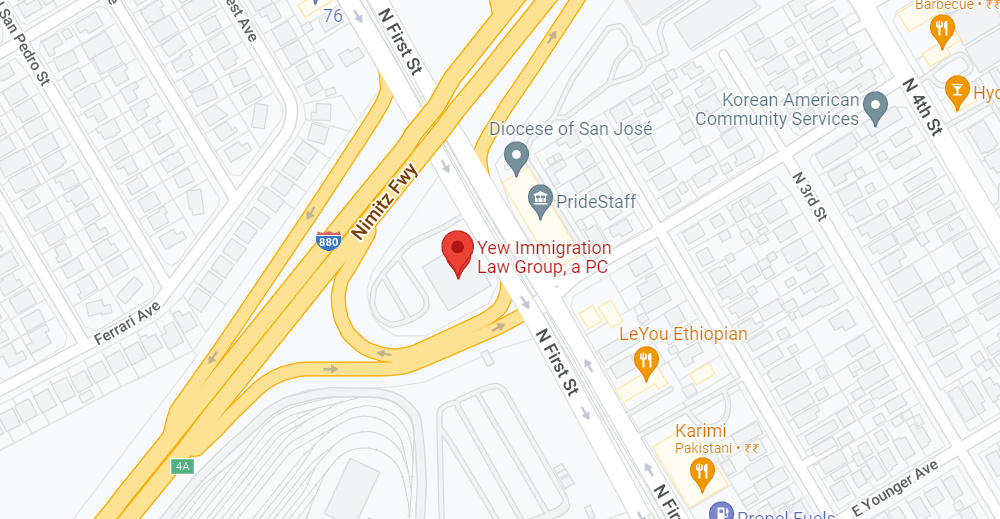Currently, there are over 800,000 immigration cases waiting to be resolved by U.S. immigration courts. A majority involve people seeking a chance to stay in the U.S. rather than being deported. And, although the case backlog has been growing for at least a decade, it has jumped by almost 50 percent since 2017, when President Trump took office. Now, the average time to complete an immigration court hearing is 578 days.
What circumstances and policies contribute to this historic backlog? The New York Times recently investigated the question.
One factor is the large number of asylum seekers fleeing violence in Central America. Last year, a record 159,590 people applied for asylum in the U.S. Most came from El Salvador, Guatemala and Honduras.
Policy changes by the Trump administration also contribute. For example, ICE used to prioritize arresting immigrants who had criminal records. Other immigrants were typically given parole — allowed to live in the U.S. while they worked through their immigration issues.
The Trump administration is arresting and detaining virtually everyone with an immigration case, even asylum seekers who have violated no law. As a result, the parole rate among asylum seekers has plummeted from 92 percent to 4 percent, and the backlog has grown by over 293,000 cases since the end of 2016.
The government shutdown has taken a toll, too. By Jan. 25, over 80,000 immigration court hearings were canceled due to the shutdown. That means that people who have already waited years for their court date will have to reschedule.
Another policy change was instituted last May by then-attorney general Jeff Sessions. Judges used to be able to temporarily suspend cases during reasonable delays. Sessions ended their authority to do so and ordered them to reopen over 300,000 cases that had been suspended.
The Trump administration has made some efforts to reduce the immigration courts’ backlog. It has repeatedly tried to limit the number of new asylum cases allowed, although its efforts have been blocked by courts. More immigration judges have been hired.
Last year, Sessions ordered each judge to resolve 700 cases per year. Since 2016, however, their average case output has been 495. At that rate, it would take approximately four years to clear the backlog if no new cases came in. The immigration judges’ union opposes the 700-case quota, arguing that the hectic pace will only result in more mistakes and reversals, doing little to clear the backlog as a result.
Will the immigration backlog affect you? At Yew Immigration Law Group, we can tell you whether your case will require an immigration court hearing. We have years of experience helping people come to the U.S. for business or family reasons.










